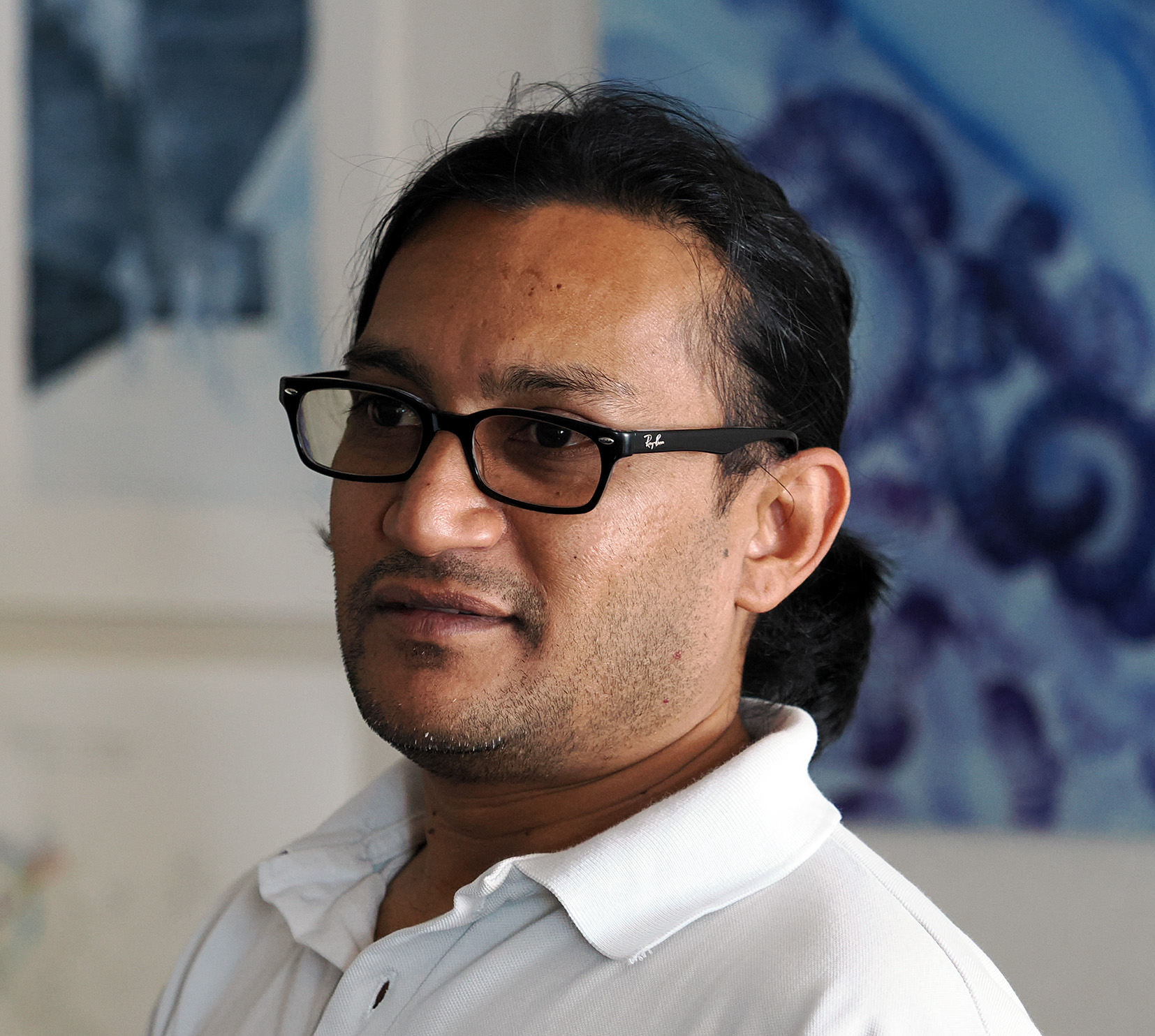Dass Bissessur expresses in this post the feelings of the Mauritian scientific team at the end of the Monaco Indian Ocean Explorations mission; an exceptional opportunity to build capacity in the various disciplines of oceanography and to further explore the little known area of Saya de Malha.
The Mauritian perspective
As Mauritian scientists, this expedition provided an amazing opportunity to enhance our capacity in the different disciplines of oceanography and further explore this remote region. Being on a research vessel such as the SA Agulhas II, we, as young scientists, gained hands-on training in manipulating and operating oceanographic instrument, collecting quality data and samples as well as processing and analysing these data.
We also worked in close collaboration with international scientists in research work involving: physio-chemical profiling, bathymetry, sub-bottom profiling, currents, fauna and flora samplings and marine mammals’ and birds’ observations. Additionally, two experiments, the first involving the photosynthetic activities of seaplants (phytoplankton, seaweeds and seagrasses) and marine symbiotic invertebrates (hard corals, gorgonians, giant clams) and the second, the thermal tolerance of these organisms to climate change-driven global warming were conducted for the first time onboard a vessel by Mauritian scientists.

Dass Bissessur
PhD in Marine Geophysics.
Director Hydrocarbon / Mineral Exploration Unit.
Department of Continental Shelf, Administration and Exploration of Maritime Areas.
Office of the Prime Minister, Mauritius Island
